Table of Contents
Imagine walking into your favorite queer café after a breakup, the one with rainbow flags in the window and the soft hum of chosen family laughter inside. You want comfort, but there they are — your ex, already hugged into the circle you both called home.
In straight worlds, “no contact” might mean deleting their number and never seeing them again. But in queer life, community is smaller, tighter, and layered. Navigating queer breakup boundaries often means choosing how to protect your heart without exiling yourself from your people.
When your ex and your community overlap
One of the hardest decisions queer folks face is whether strict no contact is even possible. Research shows that LGBTQ+ adults often depend on chosen family, overlapping networks of friends, and shared spaces to buffer against loneliness and mental health struggles.
If your ex sits inside that circle, no contact can feel like tearing out threads from your safety net. In this case, limited contact may be the gentler choice — not because you aren’t strong enough to cut ties, but because your healing must include preserving community.
- Only interact in group settings
- Keep conversations polite but brief
- Step back when emotions feel too raw
The point isn’t perfection — it’s protecting both your peace and your belonging.
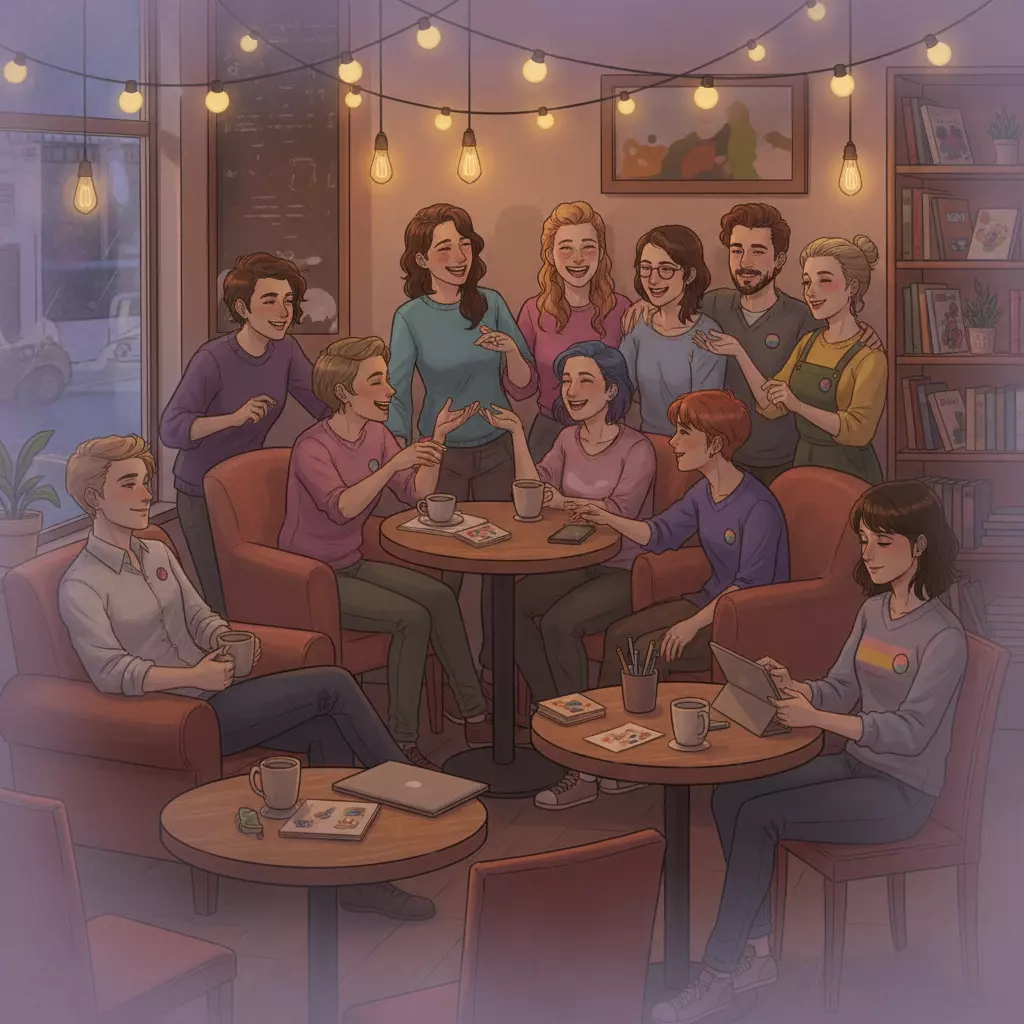

No Contact Isn’t a Game – It’s a Healing Strategy
Let’s examine the No Contact strategy in: Science & Psychology, Planning it, Digital Hygiene, Relapses-Cravings & Crashes, Special Cases & Exceptions… and Signs that it’s working +What comes next.
Tap here to read more →The risks of strict no contact
Strict no contact is powerful: it creates space, breaks patterns, and lets old wounds start to scar over.
But in queer life, it can also backfire.
Studies show that when LGBTQ+ people lose access to friends or chosen family, depression and anxiety rise. If your ex’s presence in community means you’d have to exile yourself just to avoid them, the cost may outweigh the benefit.
No contact works best when you have alternative sources of support — other friend groups, other safe spaces. Without that, isolation can hurt more than a few brief, awkward run-ins. These are the delicate choices that shape queer breakup boundaries.
Why queer breakups feel different
Queer relationships often carry weight beyond the couple. They’re seen, sometimes celebrated, as proof of survival in a world that doesn’t always make space for queer love.
When they end, it can feel like the community itself is watching, even judging. Researchers call this a “breakup assemblage” — all the social, cultural, and emotional ties that make queer separations more tangled than straight ones.
The result? The old rules don’t always fit. Instead of aiming for a clean break, queer folks often need flexible boundaries — maybe:
- “Community-only” contact
- Limiting exchanges to logistics
- Privately giving yourself the distance you need
It’s not weakness; it’s adaptation to the realities of queer breakup boundaries in community spaces.
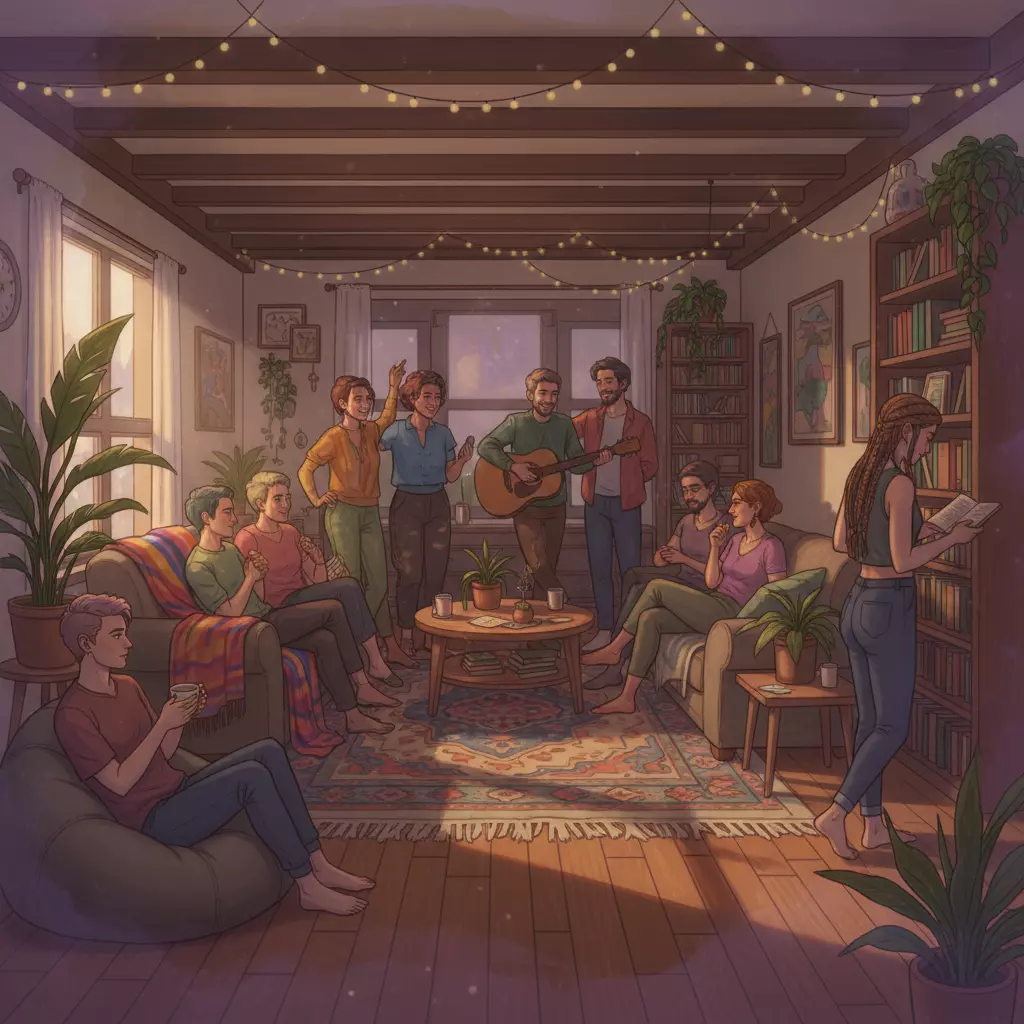
Closing Thought
Queer healing doesn’t always follow the script. Sometimes you burn the bridge. Sometimes you just plant hedges along it so you don’t have to cross unless you choose.
What matters isn’t whether you chose no contact or limited contact — it’s whether you found a way to stay whole, to keep your heart protected without losing your place at the table where you belong.
FAQ
Q1. How do queer breakup boundaries differ from straight breakup boundaries?
Queer breakup boundaries are often more complex because community circles are smaller and more interconnected. An ex may remain part of your chosen family, friend group, or safe spaces, making strict no contact harder to maintain than in straight contexts.
Q2. When is limited contact better than no contact after a queer breakup?
Limited contact can be a better choice when cutting an ex out would also mean losing your primary support system. If your ex is part of your queer community, maintaining polite, minimal interaction in group settings may protect both your healing and your belonging.
Q3. What are the risks of strict no contact in overlapping queer communities?
Strict no contact can provide emotional distance but may also create isolation. Research shows that LGBTQ+ people rely heavily on overlapping networks for support, so total separation can cut you off from vital friendships and community connections.
Q4. How can I set healthy queer breakup boundaries if I can’t avoid my ex?
Setting clear limits on when, where, and how you interact is key. For example, you might keep conversations short, engage only in group spaces, or step back when feelings get overwhelming. These strategies let you heal while staying connected to your community.
Scientific Sources
-
Snapp, S.D. et al. (2015): Social Support Networks for LGBT Young Adults
Key Finding: Family acceptance, friend support, and community support each correlate with better adjustment; being ‘out’ increases access to these supports.
Why Relevant: Shows how overlapping queer support systems complicate no contact decisions, since cutting an ex may also cut off key community ties.
https://shine.lab.uconn.edu/wp-content/uploads/sites/3321/2021/06/snapp_watson_et_al_fr_fap.pdf -
Picone, N. et al. (2025): A Cross-Cultural Study of Social Support from Family, Friends, and Significant Others among Gay and Lesbian Young Adults
Key Finding: Family support was most strongly associated with lower depression and anxiety across Italy, Spain, and Portugal.
Why Relevant: Highlights that when ex-partners overlap with family or chosen support systems, the stakes of no contact rise.
https://www.ncbi.nlm.nih.gov/pmc/articles/PMC12294186/ -
Lahti, A. (2020): LGBTIQ+ break-up assemblages: At the end of the rainbow
Key Finding: Queer breakups are complicated by community, legal, and social pressures; overlapping networks make boundaries more porous.
Why Relevant: Directly relates to queer special cases where limited contact may be more realistic than strict no contact.
https://journals.sagepub.com/doi/10.1177/1440783320964545
- The Healthy Truth: When Limited Contact After Breakup Heals Better Than No Contact
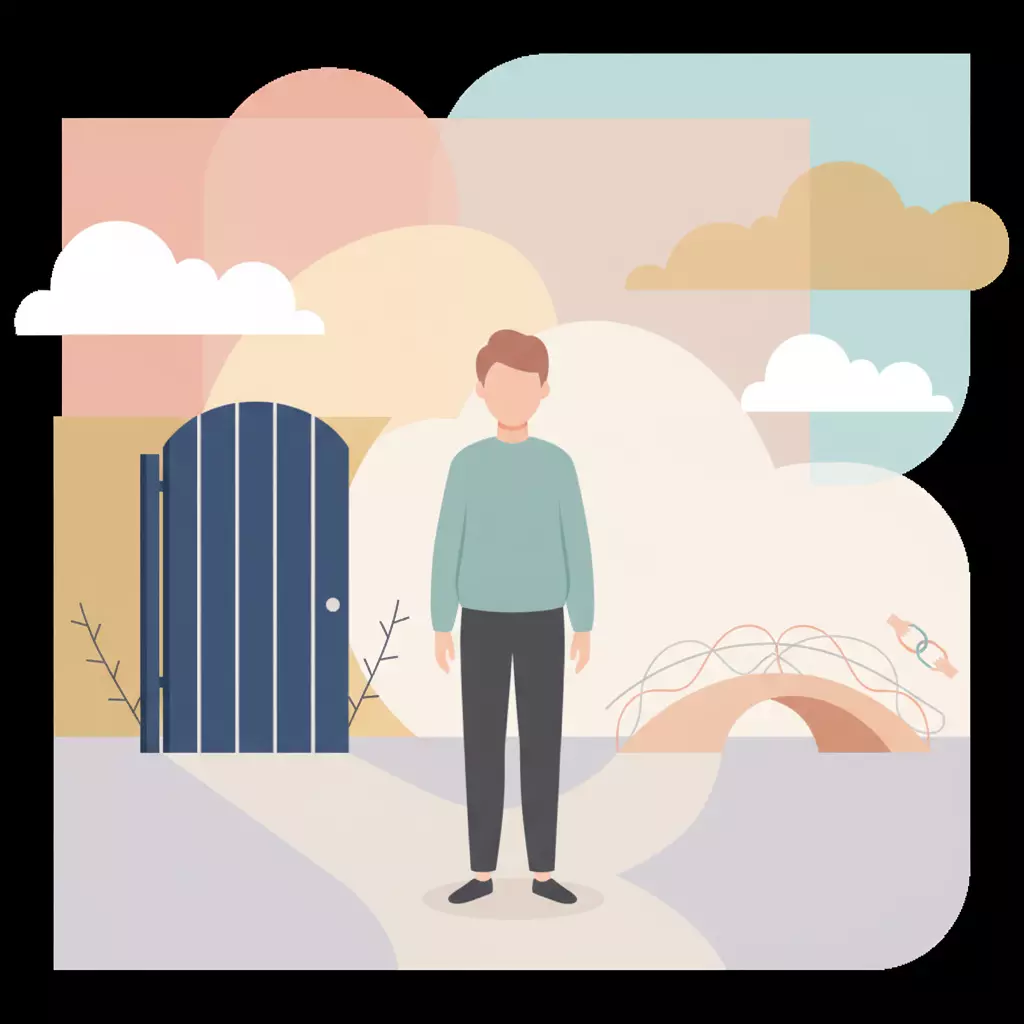
- No Contact After Short Relationships: Essential Healing or Overkill?
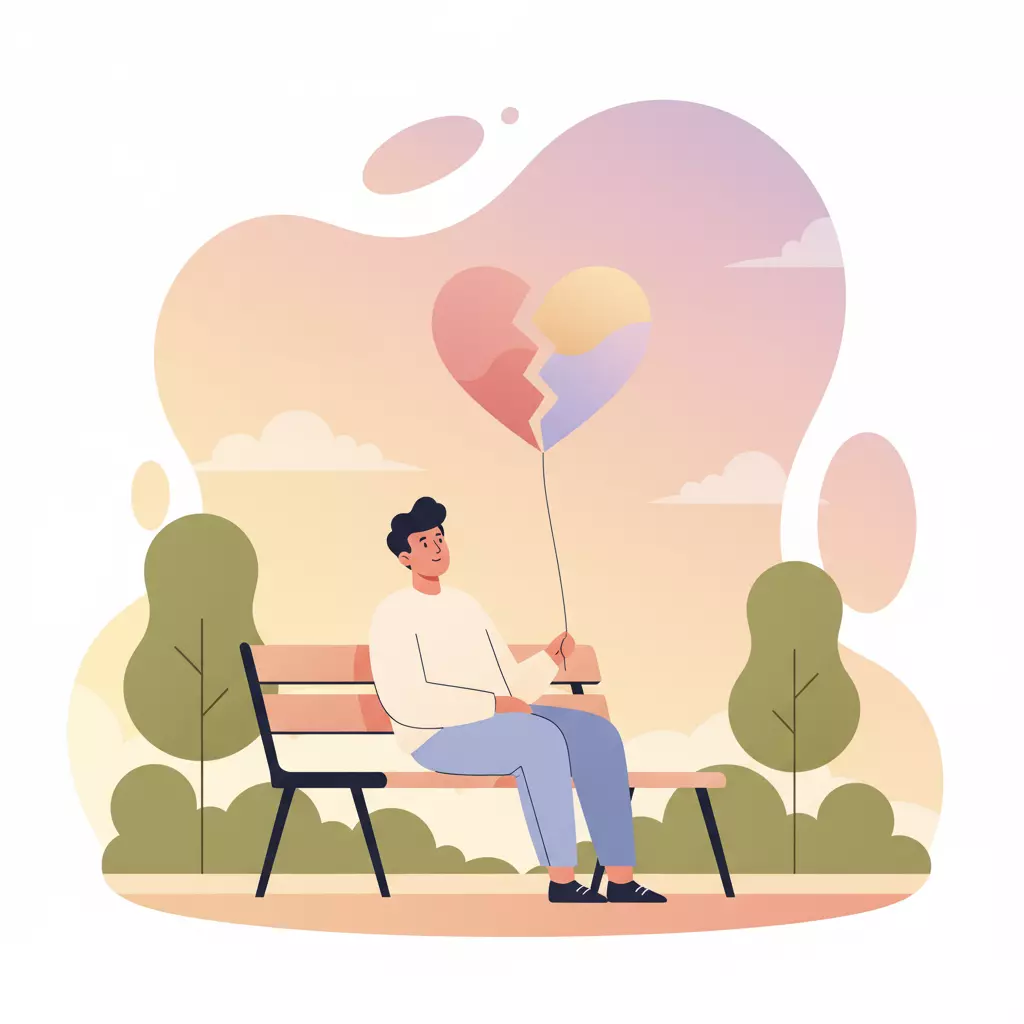
- Working With an Ex After a Breakup: Smart Boundaries & Positive HR Strategies

- Queer Breakup Boundaries: Choosing Limited Contact or No Contact in Overlapping Communities
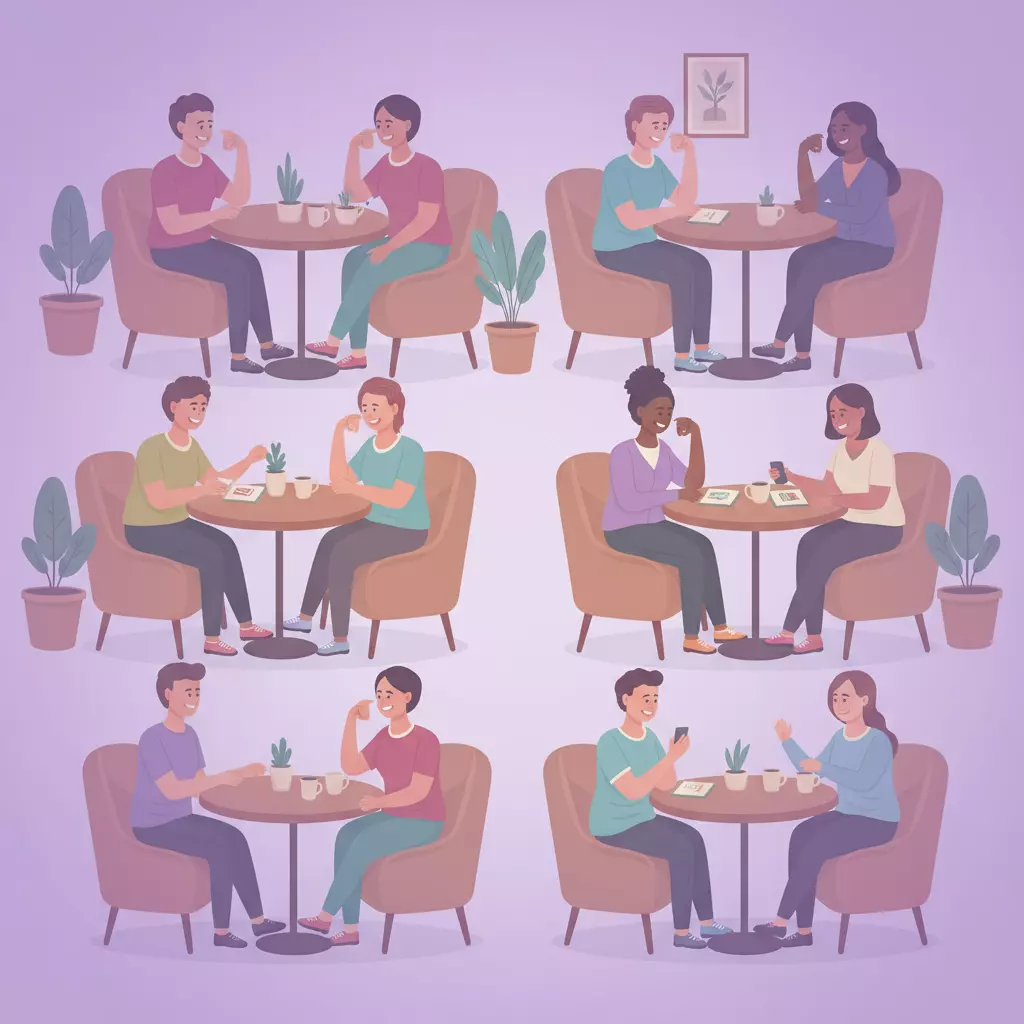
- Transgender Safety Planning: Essential Steps to Stop Harassment and Doxxing
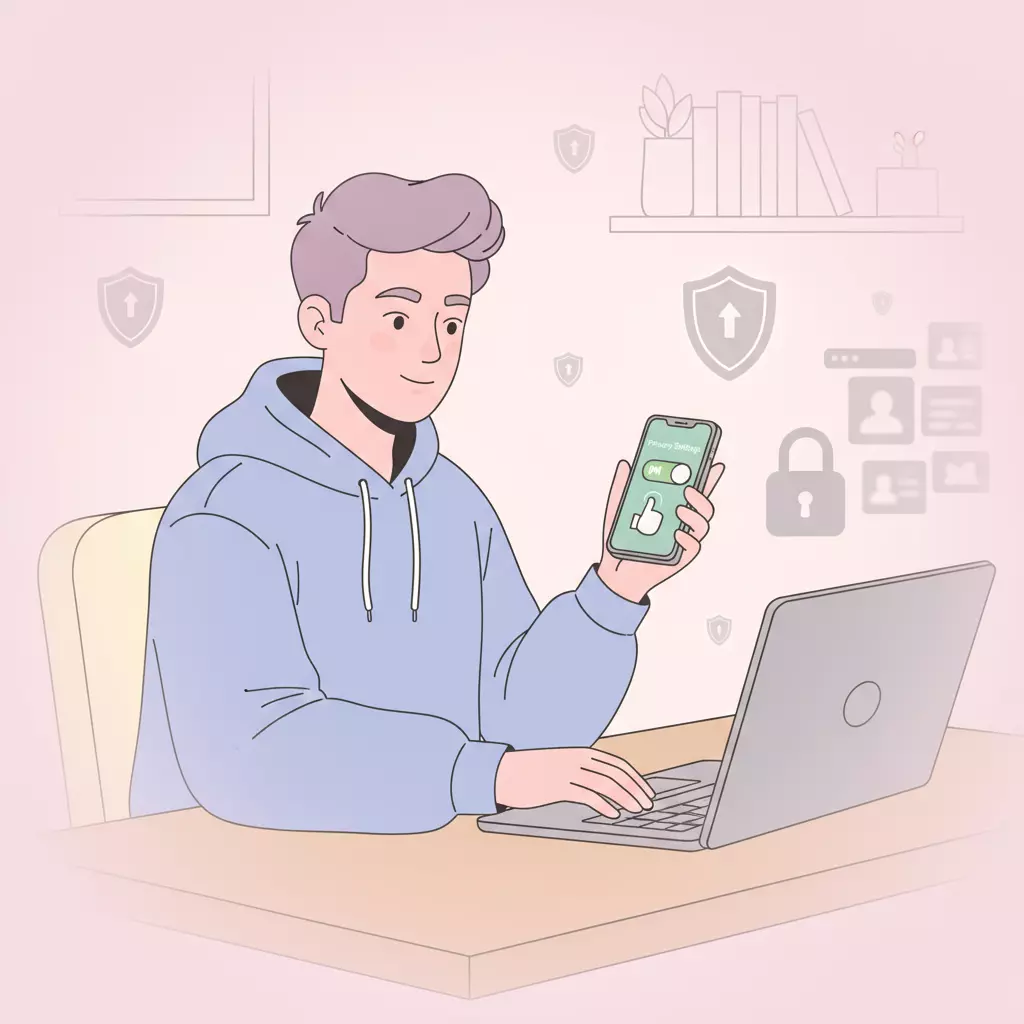
- Lesbian Breakup Shared Housing: Healing Rules & Smart Exit Plans
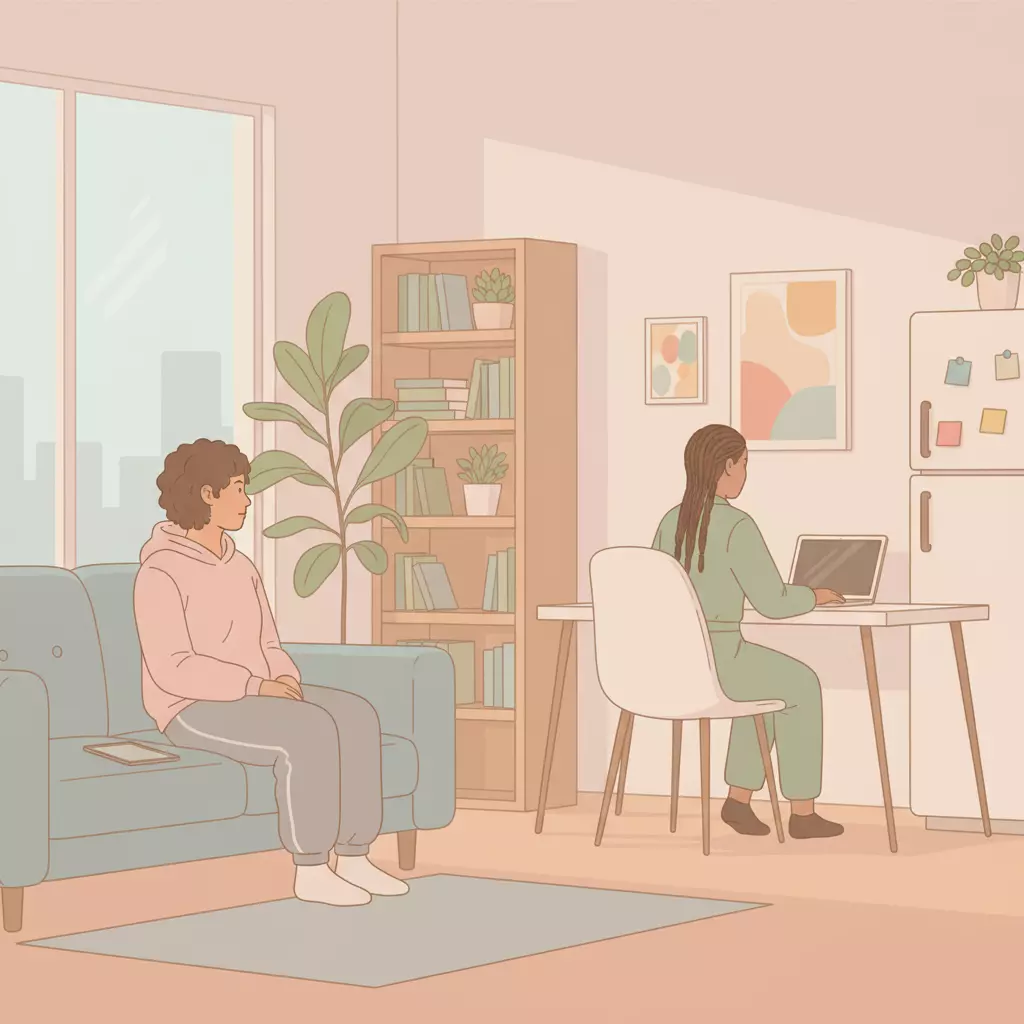
- Gay Breakups: Breaking Free from Painful Comparison Loops in Your Scene
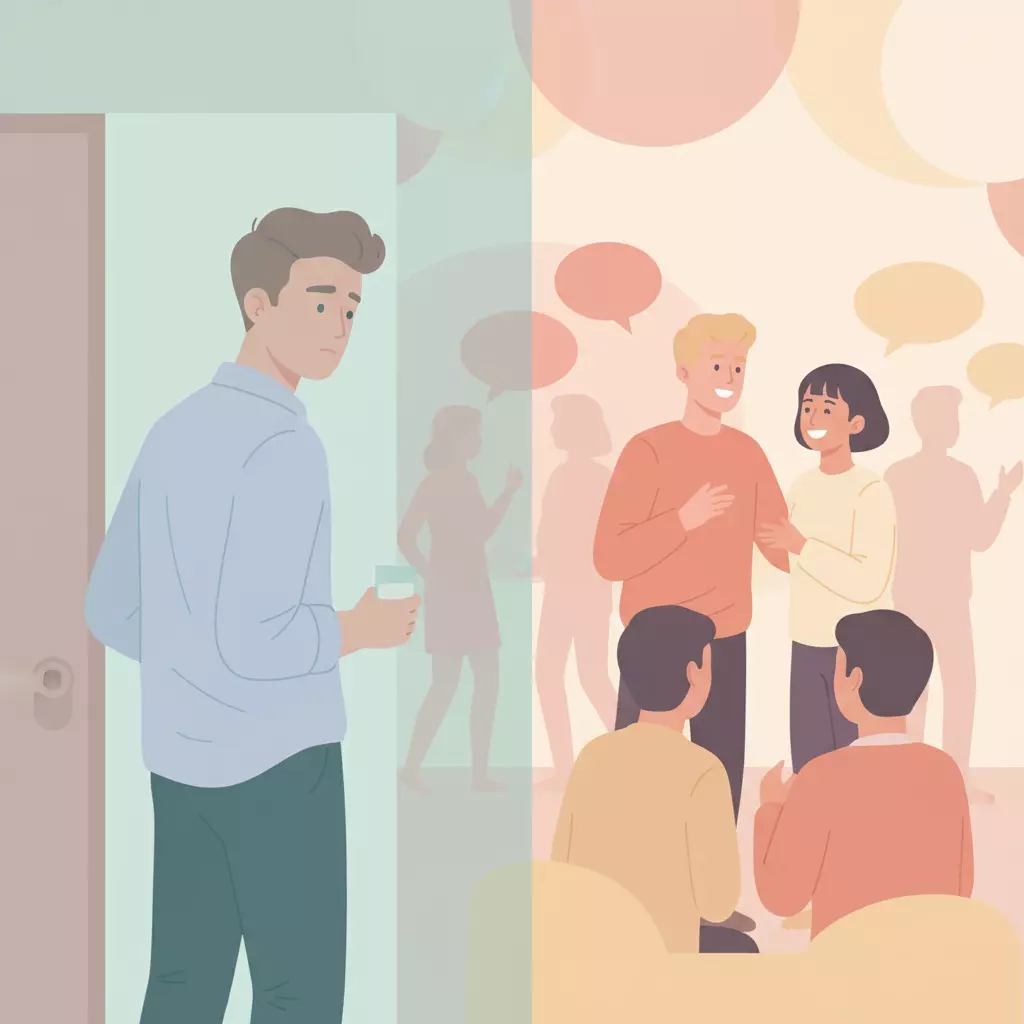
- Women’s Guide to Co-Parenting No Contact Rules: Healing Boundaries & Handover Scripts
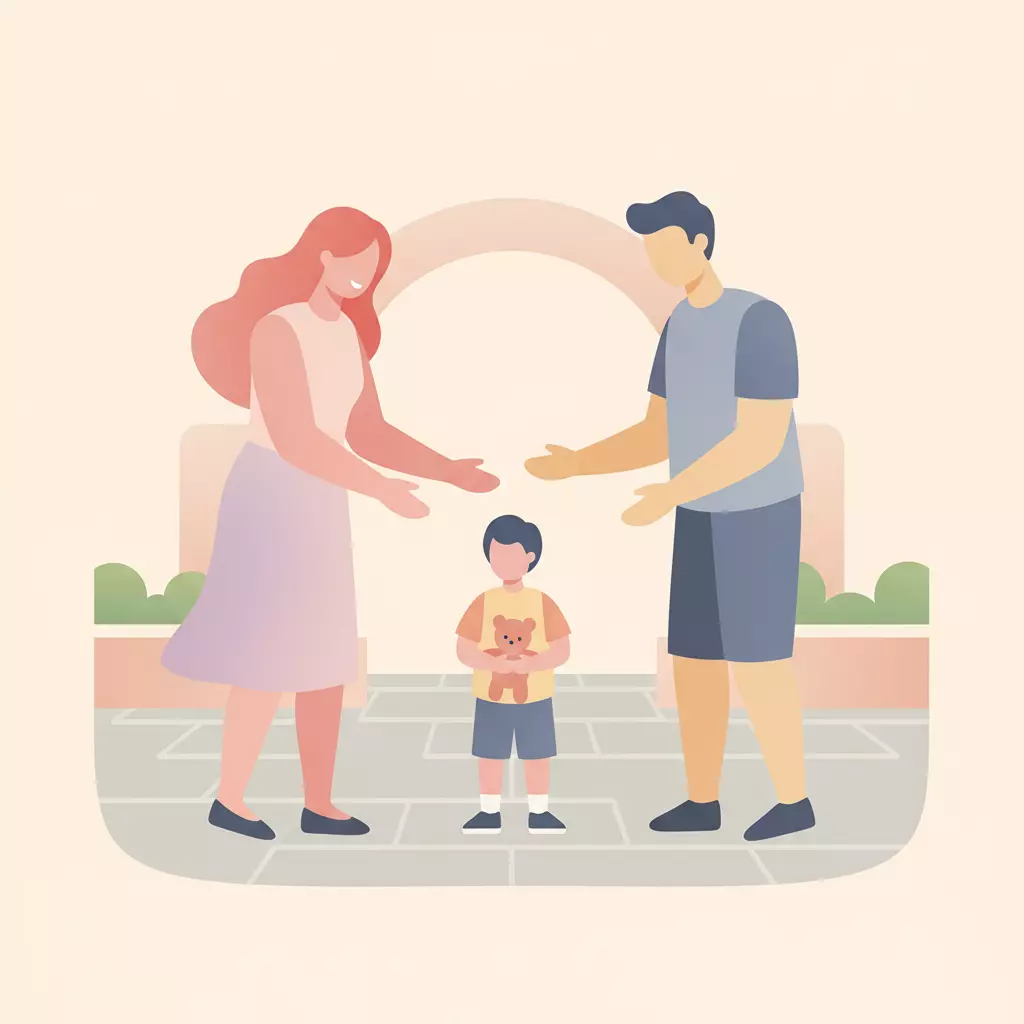
- Men & Breakups: The Powerful Truth About No Contact in Small Towns and Shared Friend Groups
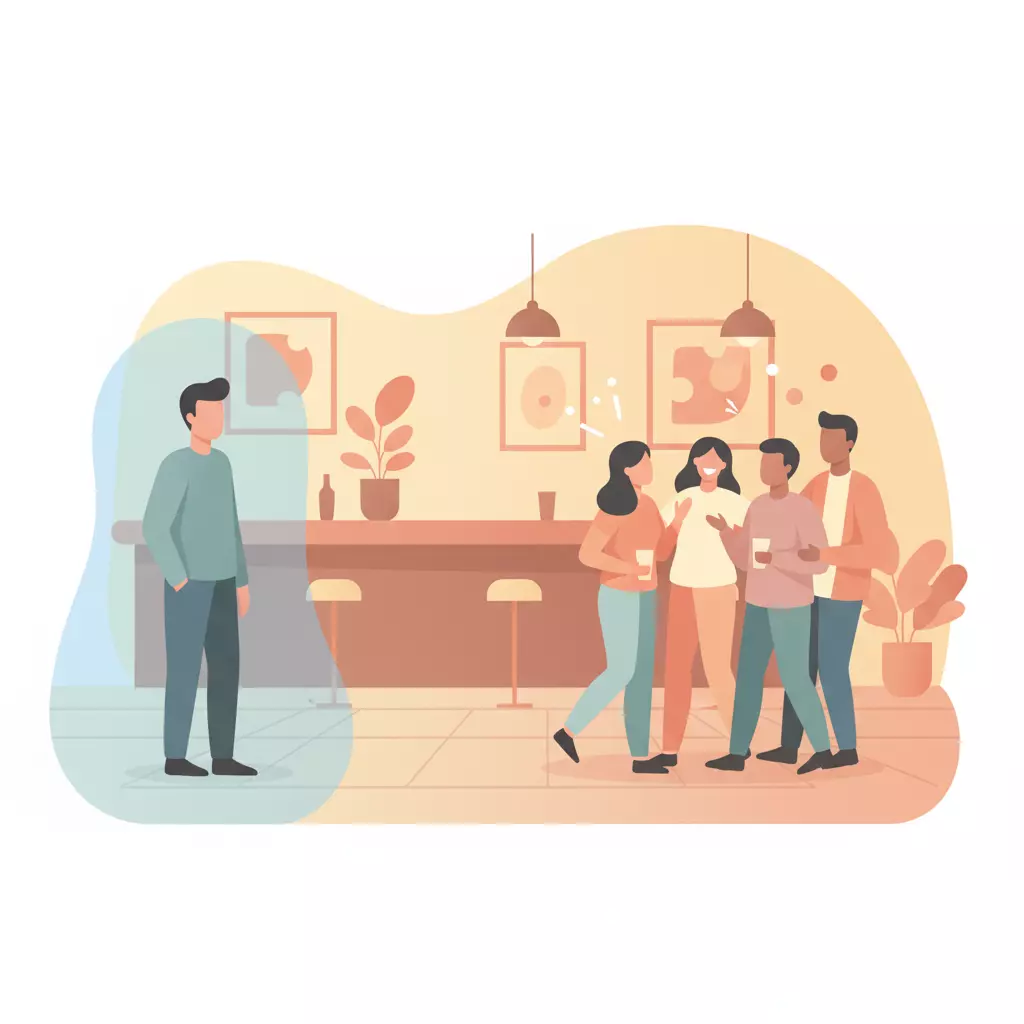
Leave a Reply